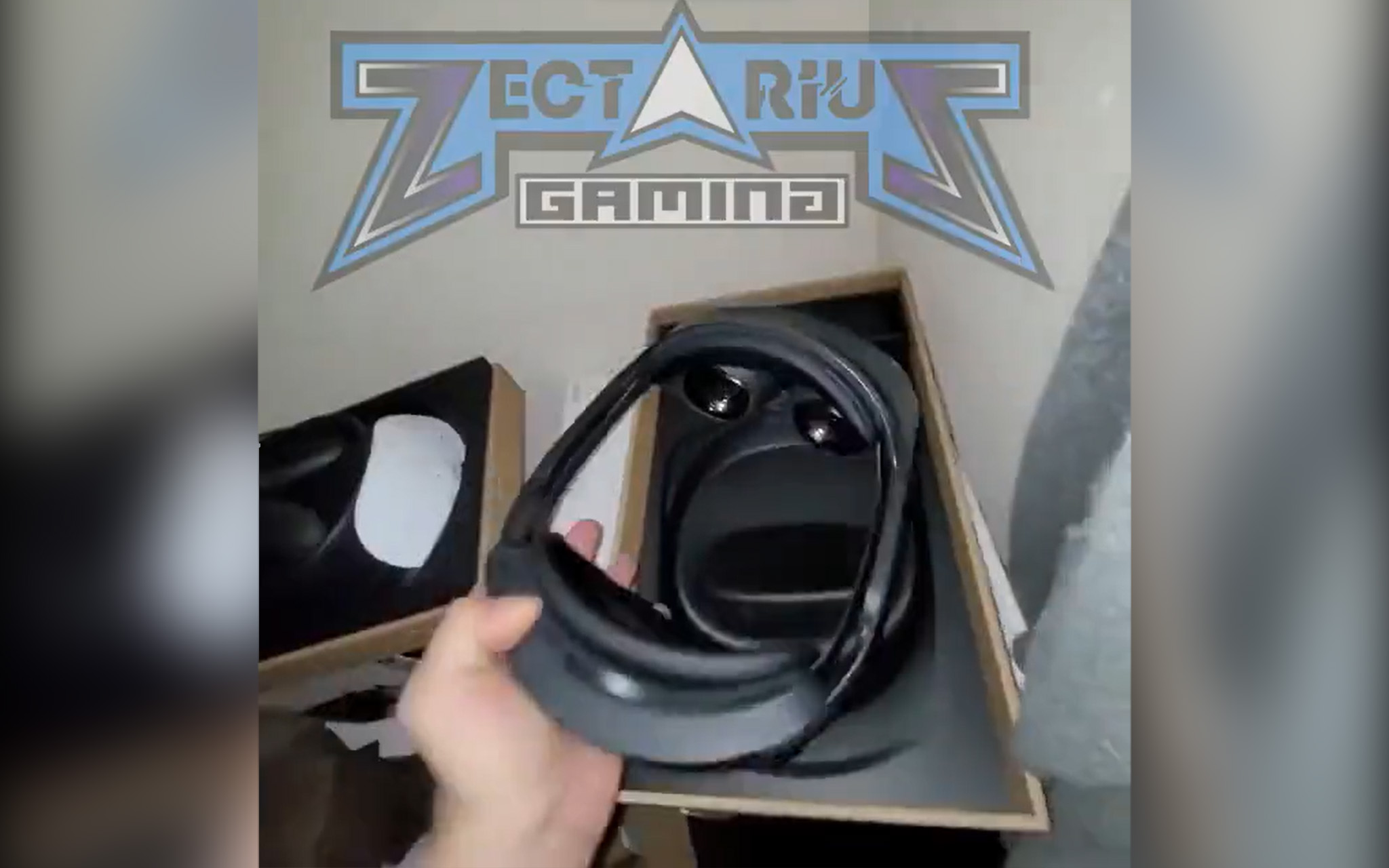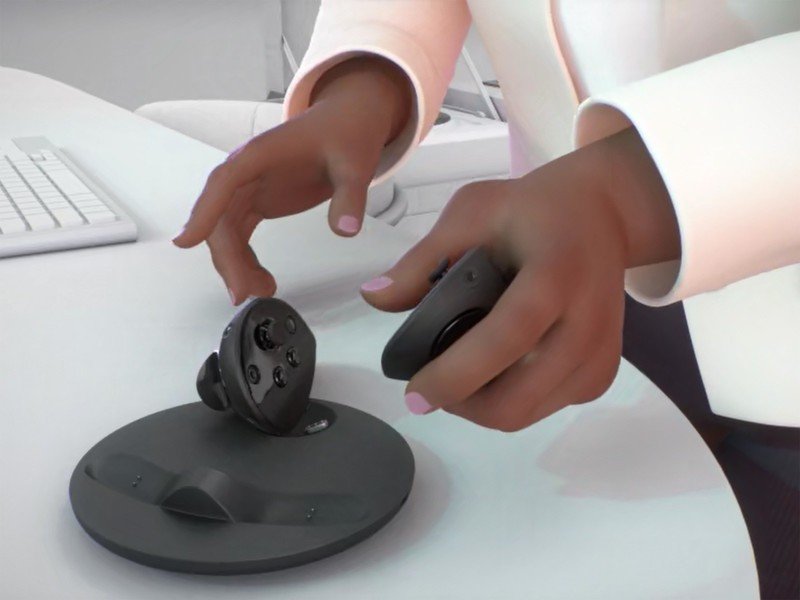
Meta's next virtual reality headset was left in a hotel room and unboxed for the internet to see. Ramiro Cardenas, who goes by Zectariuz Gaming on his Facebook gaming page, posted an unboxing and a story about how he found the headset, but returned it to its rightful owner. He looked at the box before he gave it back.
The Meta Quest Pro is Meta's next augmented and virtual reality headset, but it is not a follow-up to the first one. Rather, it looks to be designed for consumers looking for a more premium headset, as well as businesses and other people who want mixed reality, which layers digital images on top of what you see in the real world. It's expected to be unveiled at the Meta's Connect conference.
The video has been taken down from Zectariuz Gaming's Facebook page but has been reposted in a number of places. It's a short video, but it gives us a good look at the headset and some of the new tech going into it.
The headset is very thin compared to the Quest 2. The Meta Quest Pro ships without any light-blocking facial interface, which is normally intended to block the view of the real world in order to create total immersion for virtual reality purposes, and shows that Meta is primarily aiming the Quest Pro at people looking for great augmented reality.
RECOMMENDED VIDEOS FOR YOU...
It's likely that the Quest Pro will run in an enhanced super-resolution mode on the new headset, and that it will be backwards compatible with all of the games. The headset may be thinner due to the use of pancake lens, which act like mirrors bouncing light between each other, reducing the space between the display and the lens themselves.

In the image above, you can see that the controllers look like they were leaked last year. The new controllers don't have a tracking ring, which makes them much more sleek than the current crop of controllers. At least one camera can be seen at the top and at the front of each controller, although it's possible that there is more than one camera in the video.
The controllers seem to have the same number and configuration of buttons as the Quest 2's controllers, but the cameras on-board show them as self-tracked controllers. We haven't seen that type of tracking on a commercial headset. Inside-out tracking is where the cameras on the headsets can see the lights in the controllers to track them.
The controllers won't get lost when they go above a player's head or behind their back as they wouldn't have the same sort of dead zones. The controllers won't last as long on a single AA battery as the Quest 2 controllers, which usually last a few months on a single AA battery.